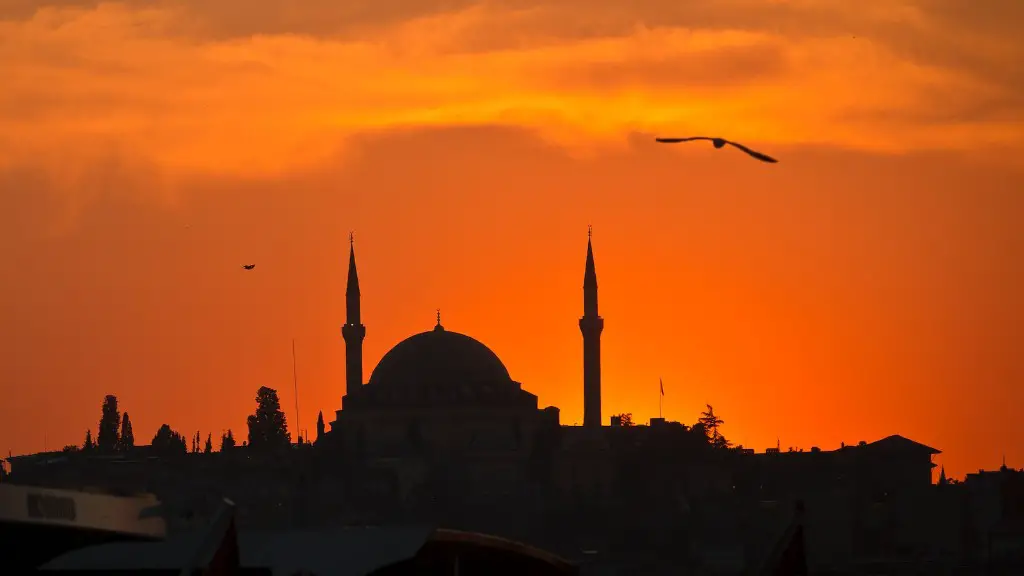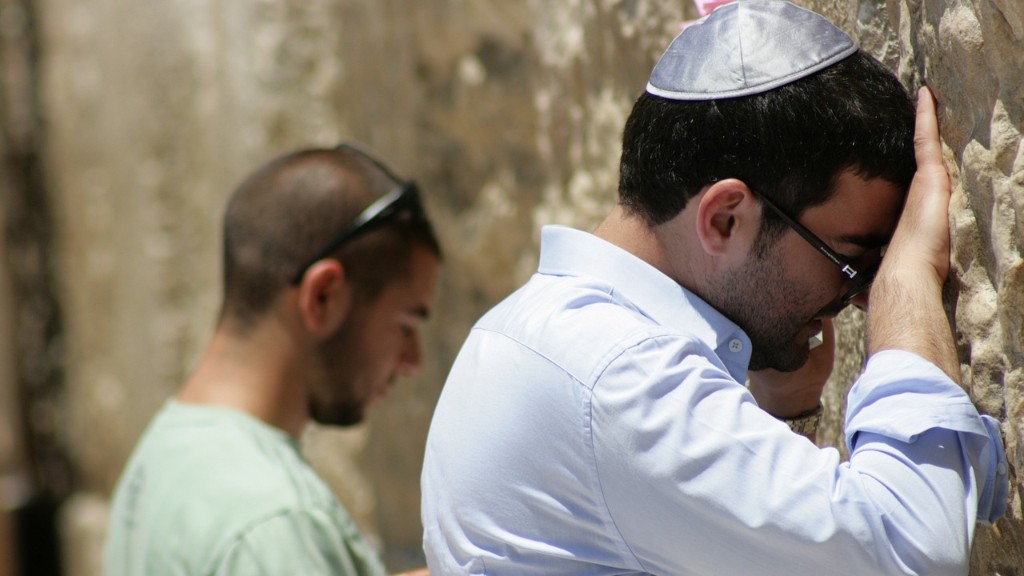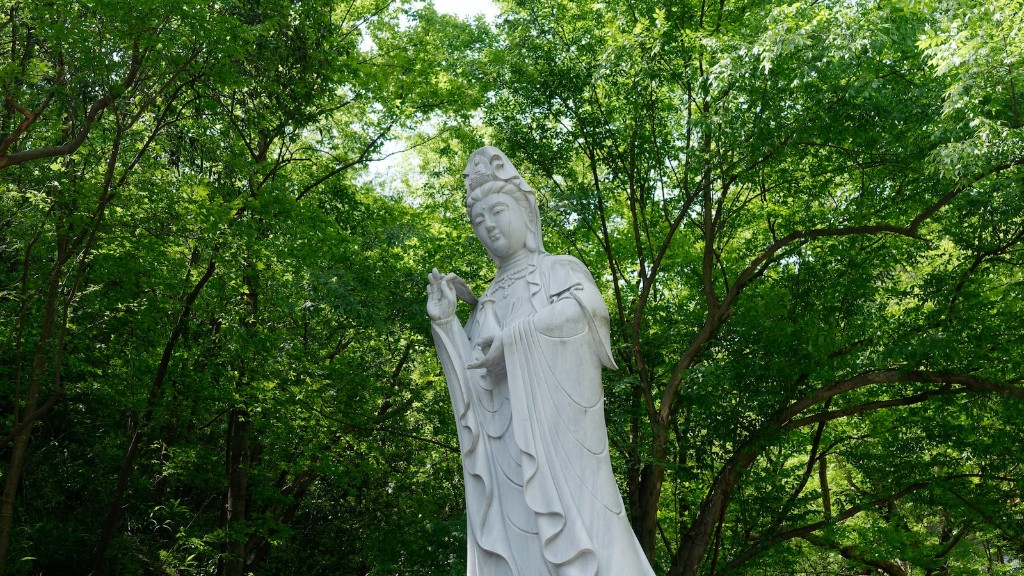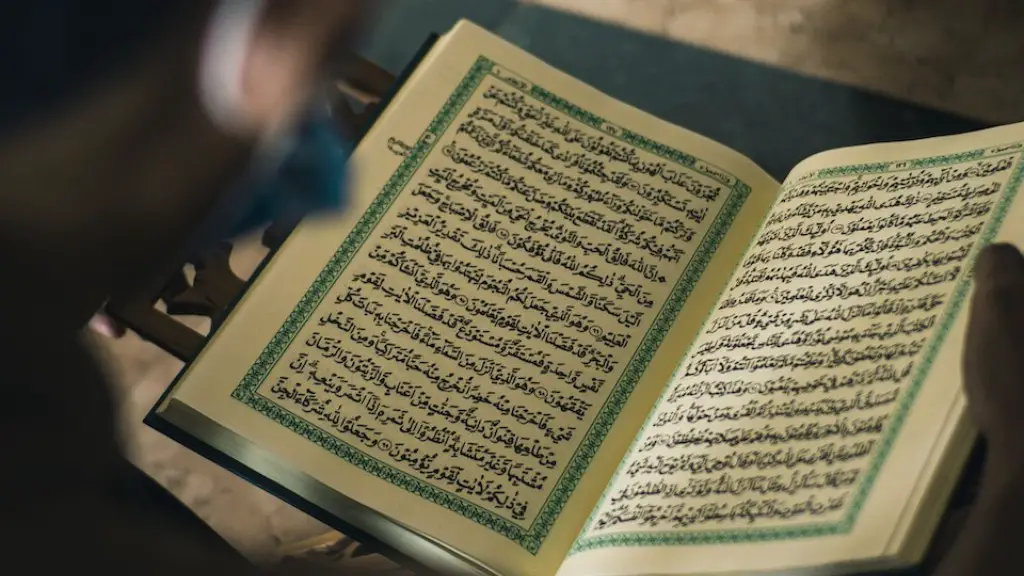Art helped Islam spread in a number of ways. First, art was used to decorate mosques and other Islamic buildings, which helped to make them more inviting to potential converts. Second, artists created copies of the Quran and other religious texts, which helped to educate people about Islam. Finally, art was used to create propaganda that portrayed Islam in a positive light and helped to convince people to convert to the faith.
There is no one answer to this question as art can serve many purposes and can be found in many different forms throughout the Islamic world. However, it is safe to say that art has played an important role in the spread of Islam, both in terms of its ability to communicate religious ideals and convert non-believers, and in terms of the physical spread of the religion through the construction of mosques and other religious buildings.
Why is art important to Islam?
Art is the mirror of a culture and its world view. The art of the Islamic world reflects its cultural values, and reveals the way Muslims view the spiritual realm and the universe. For the Muslim, reality begins with and centers on Allah. The art of the Islamic world therefore often includes references to Allah, and to the Islamic faith. It is not surprising then that the art of the Islamic world is often very different from the art of other cultures.
Islamic art has made great strides in the field of ceramics. Early pottery was often unglazed, but the introduction of tin-opacified glazing allowed for new levels of intricacy and beauty. Islamic potters have also developed innovative techniques for creating tiles for walls, which have become an important part of the culture.
How art and architecture helped in spread of Islam
Islamic art is characterized by its use of patterns and its focus on calligraphy. Arabesque patterns are often used in Islamic art, as they are considered to be representative of the infinite nature of God. Calligraphy is also highly valued in Islam, as it is seen as a way to connect with the divine. Islamic art often uses bright colors and intricate designs to create a sense of beauty and harmony.
Calligraphy is a very important art form in the Islamic world. The Qur’an, written in elegant scripts, represents Allah’s—or God’s—divine word, which Muhammad received directly from Allah during his visions. Quranic verses, executed in calligraphy, are found on many different forms of art and architecture.
What is Islamic theory of art?
Islamic art is not simply a mirror of life, but rather a statement about the nature of existence and the role of man within it. The artist is not concerned with recording an event or documenting a scene, but rather with creating a work of art that will be a source of inspiration and contemplation.
Islamic artistic theory is expressed at times in the form of metaphorical language based on interpretative readings of Islamic works of art. This language may be perceived as visual signs, cultural symbols, and lofty epistemological discourse that goes beyond mere artistic form to reflect deeper meanings, connotations, and truths. In this way, Islamic art can be seen as a form of sacred geometry, a means of understanding and communicating the Divine Will.
Calligraphy is a very important art form in the Islamic World. The Qur’an, written in elegant scripts, represents Allah’s (or God’s) divine word, which Muhammad received directly from Allah during his visions. Quranic verses, executed in calligraphy, are found on many different forms of art and architecture.
What is the greatest impact of Islamic art in our culture?
Cultural and social development can be perceived as positive because it spreads the concept of uniqueness, originality and identity being the basic prerogative of every culture.
It is important to note that every culture has its own unique set of values, beliefs and traditions that make it special and distinct from all others. By exposing people to different cultures, we can help them to understand and appreciate the differences that exist between them. In doing so, we can promote tolerance, respect and understanding, which are essential for the continued development of our society.
Islam is a religion that began in the 7th century in Arabia. It spread through military conquest, trade, pilgrimage, and missionaries. Arab Muslim forces conquered vast territories and built imperial structures over time. The religion of Islam has a number of beliefs and practices including the belief in one God and the 5 pillars of Islam. Muslims follow the Quran as their holy book.
What was an important feature of Islamic art
There is a strong preference for surface decoration in Islamic art. This is most evident in the four main components of Islamic ornamentation: calligraphy, vegetal patterns, geometric patterns, and figural representation.
Calligraphy, or the beautiful art of handwriting, is highly prized in Islamic cultures. It is often used to decorate architectural elements such as walls, doors, and gates.
Vegetal patterns are also commonly found in Islamic art. These can be either representational or abstract. Common motifs include leaves, flowers, and vines.
Geometric patterns are another key element of Islamic ornamentation. These can be simple, repetitive designs or more complex, interlacing patterns.
Figural representation is generally avoided in Islamic art, except in a few specific genres such as portraiture and taswir (pictorial representations of the Prophet Muhammad).
Early Islamic art and architecture was heavily influenced by the Roman and Byzantine styles that came before it. However, there were also many unique elements to Islamic art and architecture. One of the most notable features was the use of mosaics. Mosaics were often used to decorate the interiors of mosques, and they also served a functional purpose in that they helped to absorb sound and create a more peaceful atmosphere for prayer. Another common feature of Islamic art and architecture was the use of arches and domes. Arches and domes were used both for aesthetic and structural purposes, and they helped to create a sense of space and grandeur in mosques and other Islamic buildings.
What does Islamic art include?
Islamic art is renowned for its beautiful and intricate patterns. Islamic artists often use geometric shapes and patterns to create their artwork. This type of art is often seen in Islamic architecture, calligraphy and tile work. Islamic art is a beautiful way to celebrate the Islamic faith.
Islamic art has a long and complex history. It is often thought to have begun in the 7th century, when the Muslim Arabs conquered new lands and came into contact with different cultures and art styles. However, Islamic art actually draws from a wide variety of different sources. Early Islamic art includes elements from Greek and early Christian art, which were combined with the art of the Middle East, India, and China. Over time, Islamic art developed its own unique styles, often influenced by the art of the people living in the areas where Islam was present.
Does Islam allow art
One of the main differences between Islam and Christianity is the attitude towards religious art. Islam strictly prohibits the use of any human or animal representation in religious art, whereas Christianity permits these images. This is because Muslims believe that such images could be used for idolatry and that they may encourage worship of something other than Allah. Rather than using zoomorphic forms, Islamic art uses calligraphy and motifs for decoration.
Calligraphy is an important part of Islamic art and culture. It is significant that the Qur’an, the book of God’s revelations to the Prophet Muhammad, was transmitted in Arabic, and that inherent within the Arabic script is the potential for developing a variety of ornamental forms. Calligraphy is used to decorate mosques, data, and other places of importance, and is also used to write poems and other works of literature.
What are two ways Islam spread?
The spread of Islam was both a political and religious phenomenon. Muslim rulers gained control of these areas and some of their followers stayed with them. Islam was also spread via trade beyond areas under Muslim control.
The Islam religion started in the year 610 when the prophet Muhammad had his first revelation. Muhammad then started to spread the Islam teachings throughout the Arabian peninsula with the help of his followers. Islam teaches that there is only one God and that Muhammad is his prophet. Muslims also believe in angels, the afterlife, and predestination. The five pillars of Islam are: faith, prayer, giving charity, fasting, and pilgrimage.
Warp Up
Art helped Islam spread by providing a visual representation of the religion that could be shared with others. This allowed people to see what Islam was all about and learn more about the religion. Additionally, art helped to create a sense of community and belonging among Muslims, which made people more likely to convert to Islam.
The spread of Islam was greatly aided by the spread of art. Muslim artists were able to spread the religion to new areas by creating works of art that depicted scenes from the Koran. This helped to attract new converts and solidify the faith of existing believers.




